ARS ELECTRONICA ARCHIVE – AI LAB
Das European ARTificial Intelligence Lab (AI Lab) ist ein Nachfolgeprojekt des European Digital Art and Science Network, einer kreativen Zusammenarbeit zwischen wissenschaftlichen Institutionen, Ars Electronica und Kulturpartnern in ganz Europa, die Wissenschaft und digitale Kunst vereint. Das European ARTificial Intelligence Lab knüpft daran an und thematisiert Visionen, Erwartungen und Befürchtungen, die wir mit künstlicher Intelligenz verbinden. Das Konsortium besteht aus 13 Kulturinstitutionen aus Europa mit Ars Electronica als Koordinator. Dieses Online Archiv bietet eine Übersicht über alle Aktivitäten, die während der Laufzeit des Projekts von 2018 bis 2021 durchgeführt wurden. Zudem liefert es Informationen zum Netzwerk an sich, zu den Residency Künstlern und Jurys sowie zu den beteiligten Projektpartnern. Das AI Lab wird kofinanziert durch das EU-Programm „Creative Europe (2014-2020)“ sowie durch das Bundesministerium für Kunst, Kultur, öffentlichen Dienst und Sport.
SETI Institute – Scientific Partner Institution
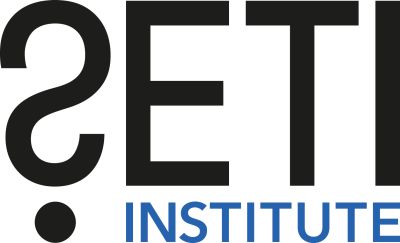
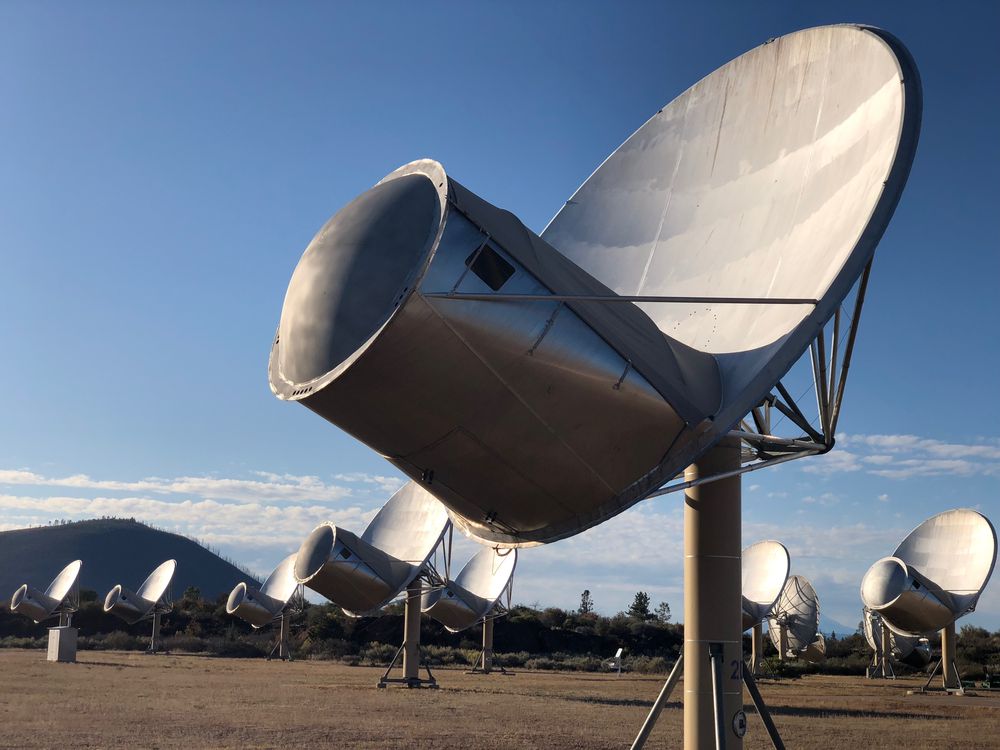
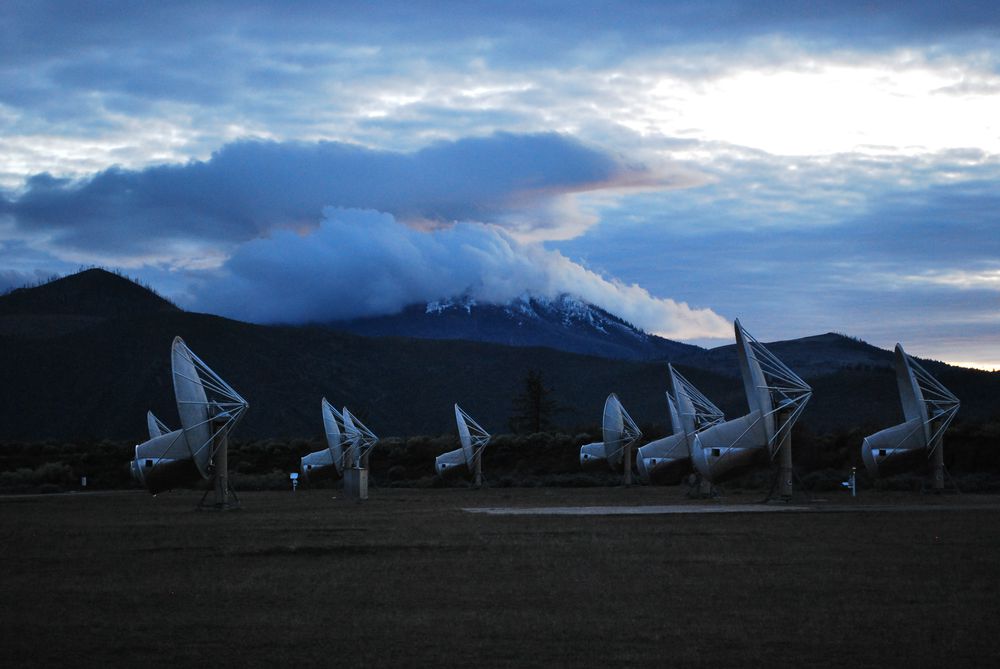
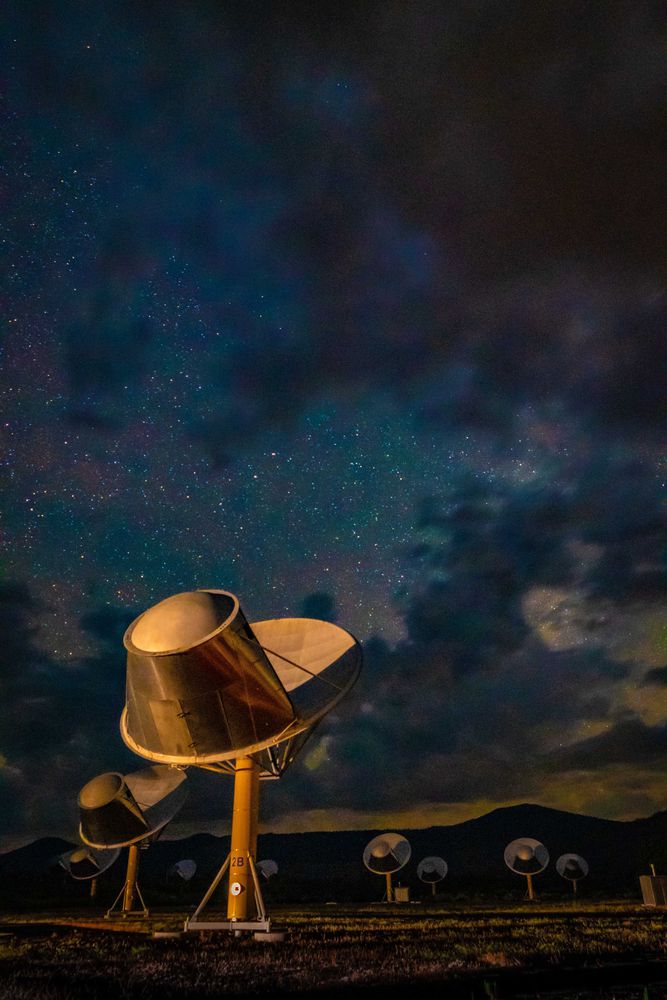
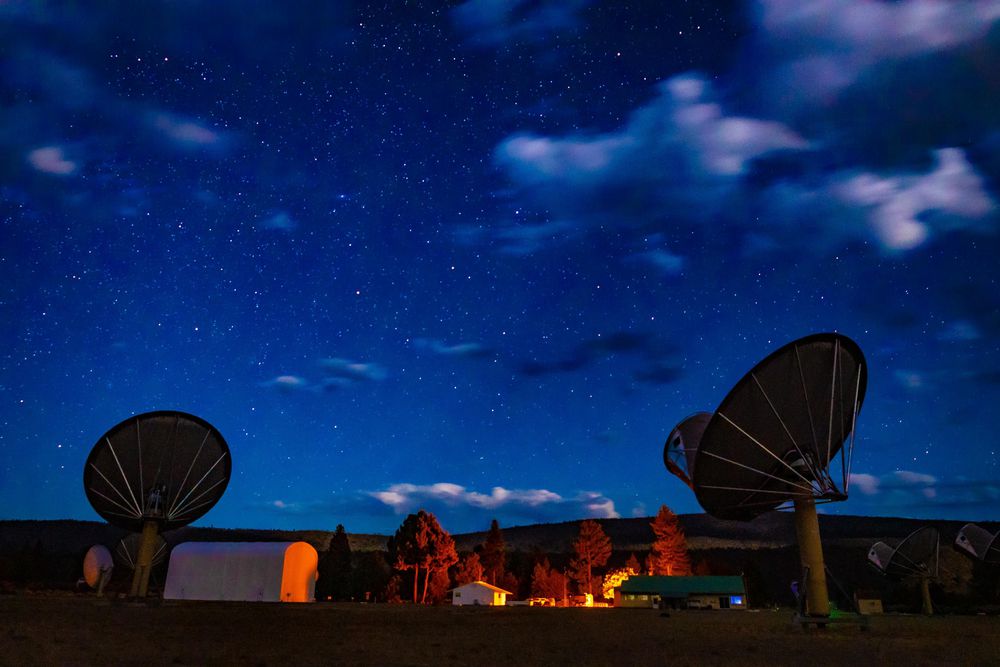
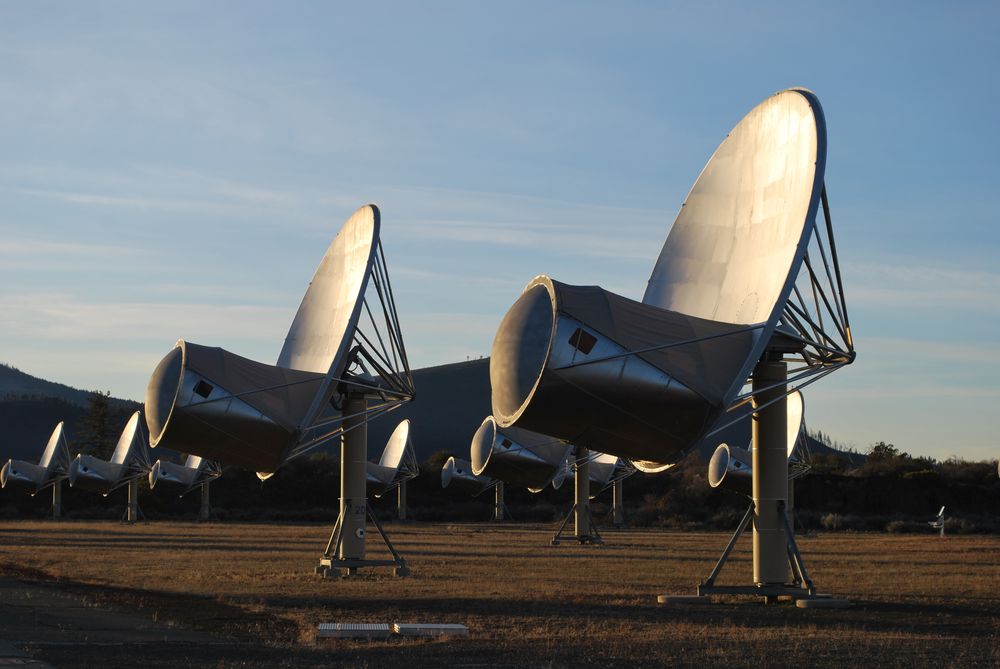
The SETI Institute’s Artist in Residence (AIR) Program is an international leader in the movement of integrating art and science. The AIR Program connects contemporary artists with SETI Institute researchers and facilitates an exchange of ideas to catalyze new perspectives, insights, and modes of comprehension.
Our curatorial direction emphasizes projects that consider the evolution of intelligence, ponder the beginnings of life, and critically reflect on our anthropocentric world view. We explore the entanglements of art, science, and technology, and examine how this fusion connects to the human condition and our future as a society. The SETI AIR program sees the art-science convergence not only as a strategy to engage with the public at large, but also as a way to create new knowledge and reinvent epistemologies. The playing field of art-science-technology allows both our scientists and our artists to challenge assumptions, ask questions, and contemplate possibilities.
The AIR Program encompasses various artistic disciplines, including visual arts, literature and spoken word, music, film, dance, and theatre. The artworks, performances, and public projects resulting from the AIR collaborations are situated at the cutting edge of artistic and scientific practice.
The AIR Program’s focus on AI and machine learning intersects with the SETI Institute’s research into alien intelligence, astrobiology, and the search for cosmic technosignatures. In its endeavour to identify a signal from an alien civilization, the SETI Institute employs its Allen Telescope Array to sweep the sky. The vast amounts of data resulting from this search are parsed using AI in order to distinguish a possible technosignature from the cosmic background noise. Other significant areas of the SETI Institute’s research are astrobiology, the exploration of life beyond Earth, and exoplanet research, the study of planets beyond our solar system. Here, SETI researchers rely on AI and ML to identify and classify various types of exoplanets and possible biosignatures. The search for alien signals, life beyond Earth, and habitable worlds are all linked to the same fundamental, overarching research question: Are we alone? It is a rich ground of exploration for both scientists and artists alike.
(The Practice of Art and AI, p. 52)


